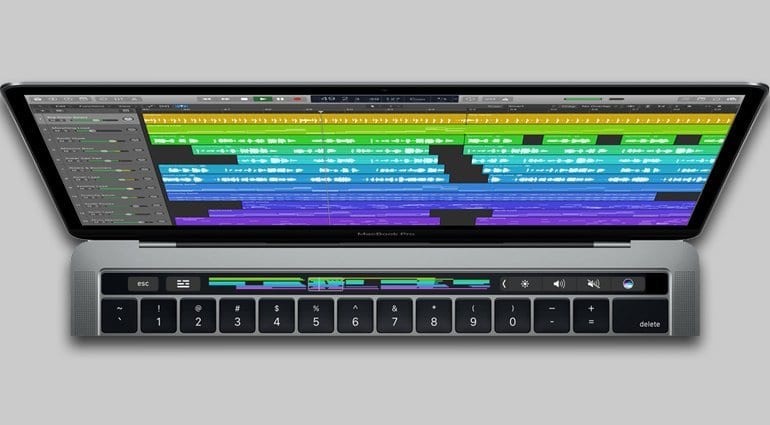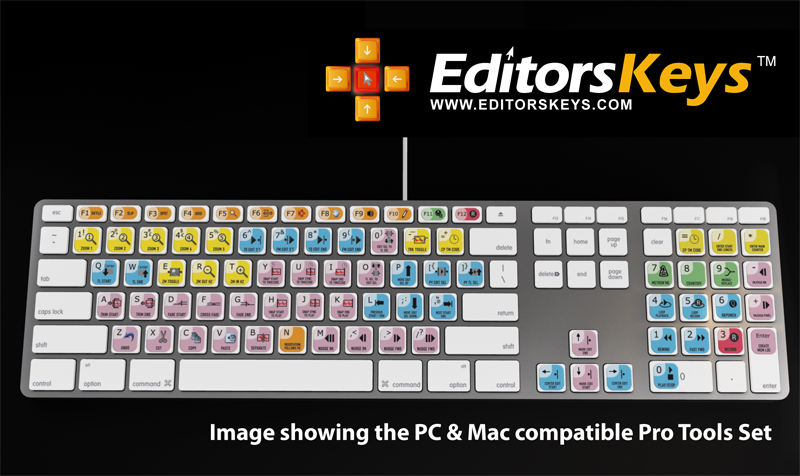

Apple claims that it will double the performance of the M1 Pro, and is almost seven times more powerful than 2020’s M1-powered MacBooks. The M1 Max, however, is undoubtedly the star of the show. Plus, it also introduces ProRes support, Apple’s own codec format that reportedly “produces stunning HD quality at SD file sizes”, which video editors with a mountain of hard drives will breathe a sigh of relief to hear.

Powered by a 10-core CPU that includes 8 high-performance cores and 2 high-efficiency cores, with 16 GPU cores, the MacBook Pro M1 Pro is touted to offer triple the bandwidth performance of the previous generation’s M1-powered MacBooks.Ĭontent creators will be excited to know that the M1 Pro offers several high-end codecs and the muscle power to handle the most gruelling of video editing demands. The M1 Pro chip features a 5nm processor with 33.7 billion transistors. But that’s not to say the M1 Pro is any slouch in performance either. Most observers were probably caught off-guard by the announcement of the M1 Max, a supersized M1 chip that outstrips and outpaces the performance of the M1 Pro-powered MacBook. Plus, given Apple’s huge spatial audio announcement on Logic Pro 10.7, the sound system may come in handy. While most will still want to revert to their headphones for extra clarity when mixing, having a reference for consumers who will listen aloud on their MacBook Pro will surely prove useful.

The sound system also supports spatial audio, making use of the six-speaker setup to deliver a three-dimensional listening experience.


 0 kommentar(er)
0 kommentar(er)
